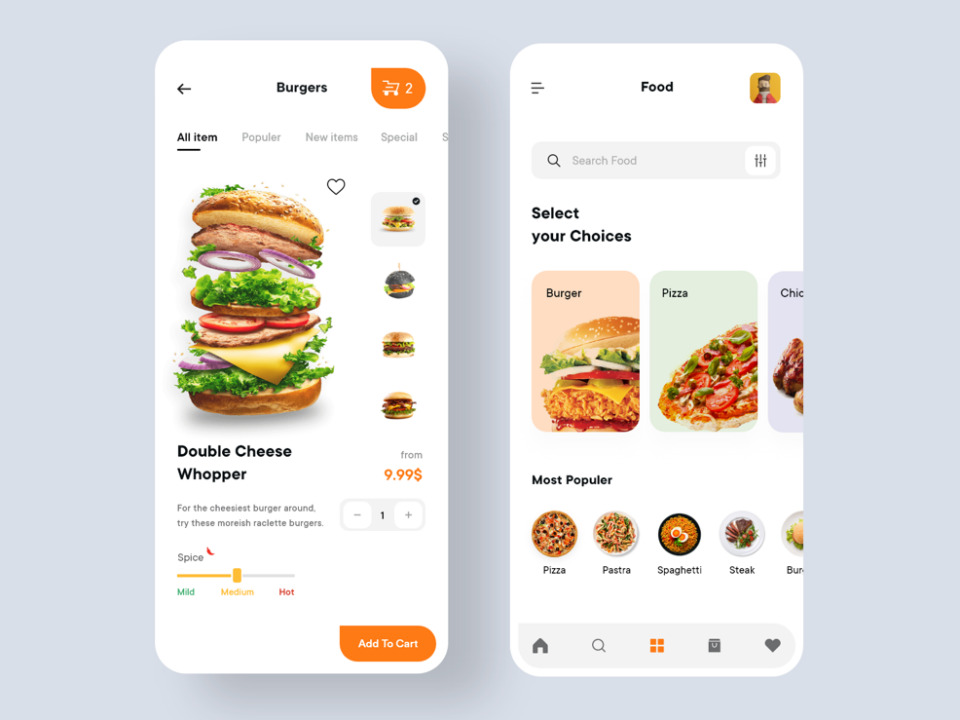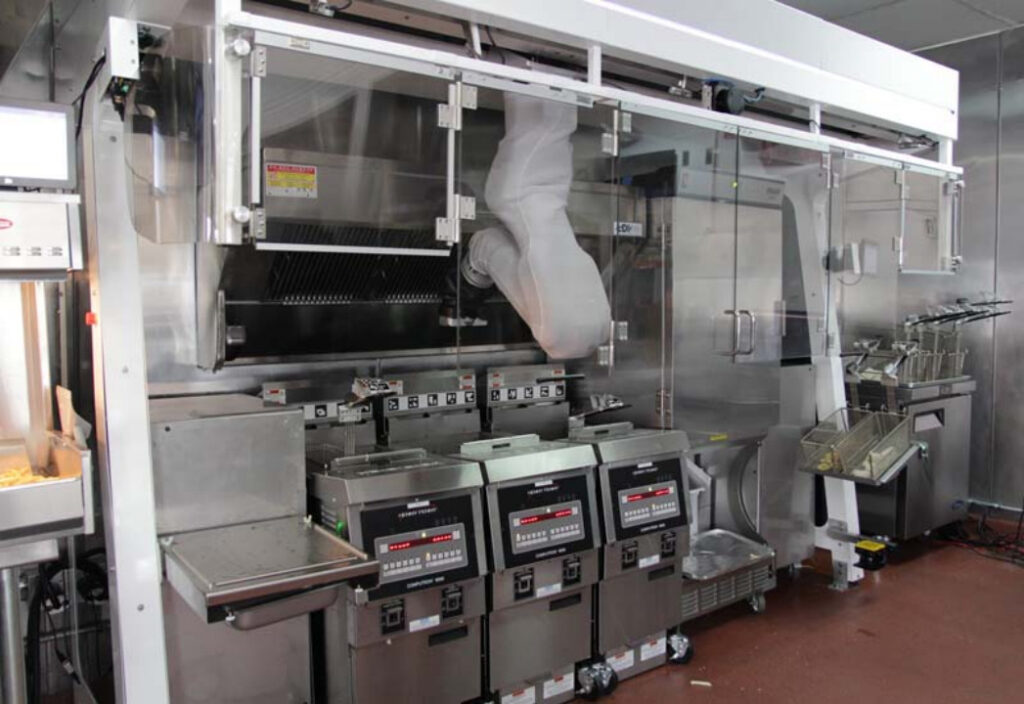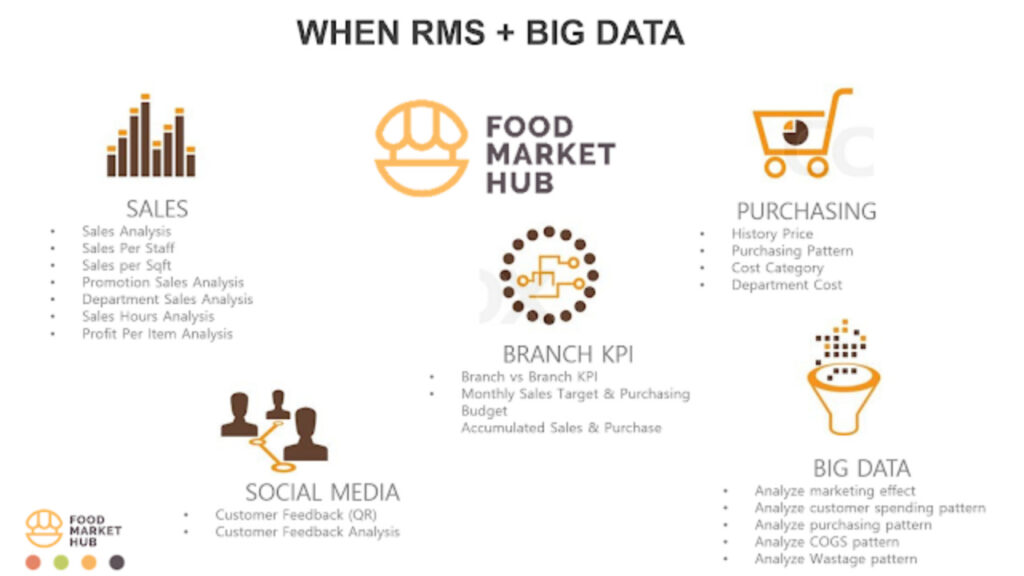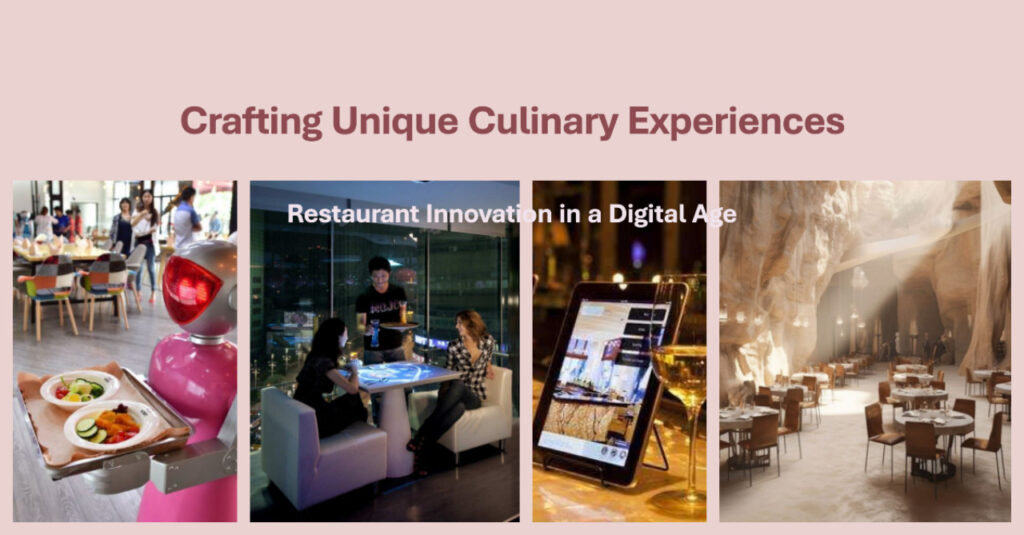The fine dining industry is undergoing a dynamic transformation, driven by evolving consumer preferences, technological advancements, and global events. To remain competitive and relevant, restaurants must adapt to these changes and embrace new trends. Here, we explore some of the key trends shaping the fine dining landscape.
1. Technology Integration
Technology is revolutionizing the fine dining experience, making it more convenient, efficient, and personalized.

Mobile Apps and Contactless Payments The use of mobile apps for ordering food, making reservations, and contactless payments has surged. Customers appreciate the convenience and safety of using QR codes for menus and payments, minimizing physical contact and streamlining the dining process.

AI-driven Chatbots AI-driven chatbots are enhancing customer service by managing reservations, answering queries, and providing recommendations. This technology ensures a seamless and personalized customer experience, available 24/7.

Automation in Kitchens and Service Areas Automation is becoming more prevalent in both kitchens and service areas. Robotic chefs and servers are being integrated to maintain consistency, speed up service, and reduce labor costs. These innovations allow human staff to focus on creating memorable dining experiences.

Big Data Utilization Restaurants are leveraging big data to understand customer preferences and behavior. This data-driven approach enables personalized marketing, tailored promotions, and customized dining experiences, fostering stronger customer relationships.
Top 5 Companies that made use of the technology very well:
1.Chaayos
4.Zomato
5.Swiggy
Experiential Dining

Fine dining is no longer just about food; it’s about creating unique and memorable experiences.
Themed Decor and Events Restaurants are crafting immersive dining experiences with themed decor, special menus, and exclusive events. From vintage settings to futuristic designs, these unique themes attract diners seeking novelty and excitement.
Interactive Activities Offering activities like cooking classes, chef’s tables, and DIY meal prep at the table adds an interactive element to dining. These experiences allow customers to engage with their food and chefs, creating lasting memories.
Unconventional Dining Locations Pop-up restaurants and temporary dining setups in unconventional locations are gaining popularity. These exclusive and often fleeting dining experiences create a sense of adventure and exclusivity, attracting food enthusiasts looking for something different.
Restaurants that are making this become reality:
3.The Sea Lounge, Taz Mahal Palace, Mumbai
5.Olive Bar & Kitchen, New Delhi
Conclusion
The future of fine dining is all about creating a unique and memorable experience that goes beyond just the food. Diners are looking for innovative experiences that incorporate technology, offer interactive elements, and take place in unconventional settings.
In the next blog post, we will explore how fine dining establishments are leveraging digital and social media marketing to reach a wider audience and build brand credibility. We will discuss influencer partnerships, engaging social media content, and user-generated content to create a strong online presence.





